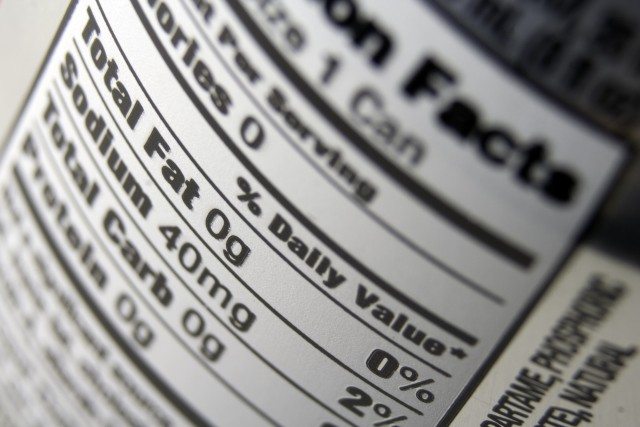UPM Raflatac has introduced a range of next generation products to offer fit-for-purpose performance for the main end-use segments.
The Fit range combines increased production efficiency and sustainability credentials with no compromises on printing and dispensing performance.
Raflacoat Fit PEFC-certified mid-gloss label face is sustainably sourced, and the thinner 63 µm in caliper yields up to 30% longer rolls, substantially reducing downtime during roll changes.
The labelstocks are equipped with adhesives for all food labelling temperatures, including the EU 10/2011 compliant next generation hotmelt RH 6 optimized for chilled conditions but equally capable in room temperatures.
Raflacoat Fit PEFC is available with three liner options.
The HG65 and HG45 glassine liners are PEFC-certified like the label face.
The ProLiner PP30 option maximally reduces the labelstock thickness to increase productivity and to provide better performance in high-speed applications and humid conditions.
Retail Eco Fit PEFC provides optimal performance in weigh-price and backroom applications and assures a crisp image for scanning at the cash register.
Thermal Eco Fit PEFC is a fit-for-purpose solution for packaging films and most common cardboards in short-life labelling.
The laminate structure in these two products is 17% thinner, meaning more labels per roll, 17% fewer roll changes and possibility to move to longer reel lengths both in printing and in labelling.
The HG45 liner is lighter than HG65, which results 20% less liner waste and a comparable reduction in landfill costs.
The label faces and glassine liners are PEFC-certified to verify responsible raw material sourcing from sustainably managed forests.
The liner waste is 100% recyclable through UPM Raflatac’s waste management concept RafCycle, leading to reductions in carbon footprint, liner waste and landfill costs.
The environmental impact of the Fit products is based on comprehensive lifecycle assessments (LCA).
The LCAs carried out at UPM Raflatac are performed in accordance with ISO 14014/44 and they are consistent with the methodology used by many large brand owners to evaluate their environmental impact.










